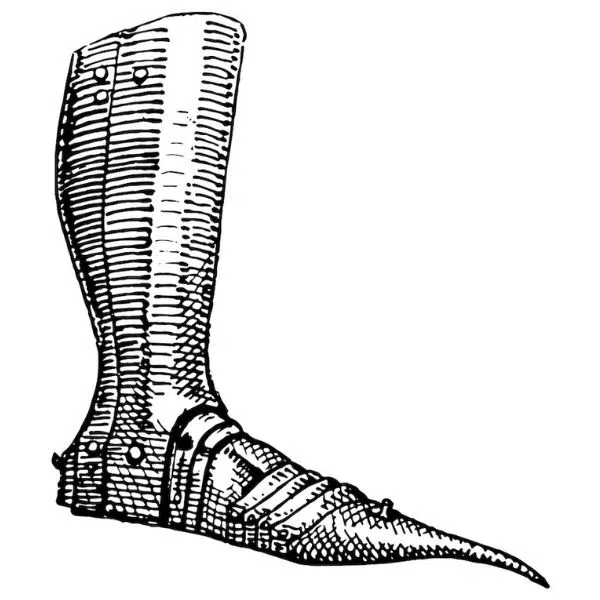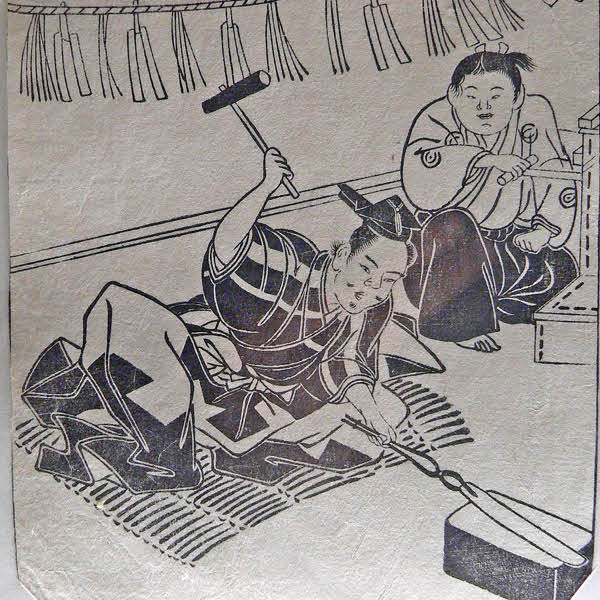
The historic daguerreotype. (Photo: Freeman's | Hindman)
In 1967, a case called Loving v. Virginia declared the right to choose interracial marriage a constitutional personal freedom. While this monumental decision was soberingly recent, the history of interracial romance is long and often entwined with the struggle for equal rights for all. Societal and individualized racism faced couples, even well after legal bans were struck down. Before the Civil War, loving a partner of a different race was particularly stigmatized and dangerous due to pervasive anti-Black racism and the brutal institution of slavery. A rare, seemingly unique, daguerreotype from before slavery's abolition is now up for auction which depicts an interracial couple in a romantic pose, a mystery of past loves.
Daguerreotype was an early photographic process that became very common in the 1840s. These were singular images, rather than negatives. They were printed by chemicals on a plate of varying size. They were often framed in delicate leather cases. In the case of this special image, now offered for sale by auction house Freeman's Hindman, it is ninth plate size, which is typically 2 x 2.5 inches (5 x 6 cm). This is smaller than average; however, it is enshrined in a decorative tool statement frame and case. This particular image is thought to be from the period 1850 to 1855, when abolition was gaining steam and the tensions between slaveholding states and free states was simmering.
The image depicts a white woman and Black man, both dressed in dark clothing of the period. The gentleman holds the woman's hand and leans in to graze his cheek and lips against hers. “By having their photograph taken in such an unmistakable pose, the couple was consciously flaunting legal and social proscriptions of the day,” the auction house explains in a statement. “We believe the purpose of the image was likely political, though this is far from certain. Many abolitionists publicly and privately expressed belief in interracial love, romance and even marriage, but laws prohibiting ‘amalgamation' were widespread in both the North and South.”
Whether the image was a personal token of love or meant for publication, it appears it never circulated as an engraving. The two people within remain unknown, despite researchers checking their likeness against images of known abolitionists and freedmen. Photography was becoming a critical tool for abolitionists in their quest to combat slavery and the ideas of inferiority that underpinned the institution. A romantic pose such as in this image directly combats racist tropes that denigrated the emotions of Black people. It must be viewed in the context of a society which frequently panicked about, and used that panic to justify violence against, Black men for alleged interest in white women.
The unique image seems to be the first extant of its kind. The auction house proclaimed, “It is hoped that by exposing this image to a wider audience, the [identities] of the sitters will be discovered. Their names are almost certainly the key to placing the image into wider social and historical context.”
The image is predicted to sell for $30,000-$50,000 through the “American Historical Ephemera and Photography” auction on October 25, 2024. It will be joined by other preciously unique items, such as imprints from the Salem Witch Trials and a stunning photo of Josephine Baker.
Freeman's Hindman: Website
h/t: [PetaPixel]
Related Articles:
Exhibition Sheds Light on Leonardo da Vinci’s Perfume Passion
Compelling Video Shows How the Fotoplayer Added Music and Sounds to Silent Films
17th-Century Executioner’s Sword Features a Revealing Inscription
The Earliest Successful Attempts at Photography Just Turned 200 Years Old






















































































